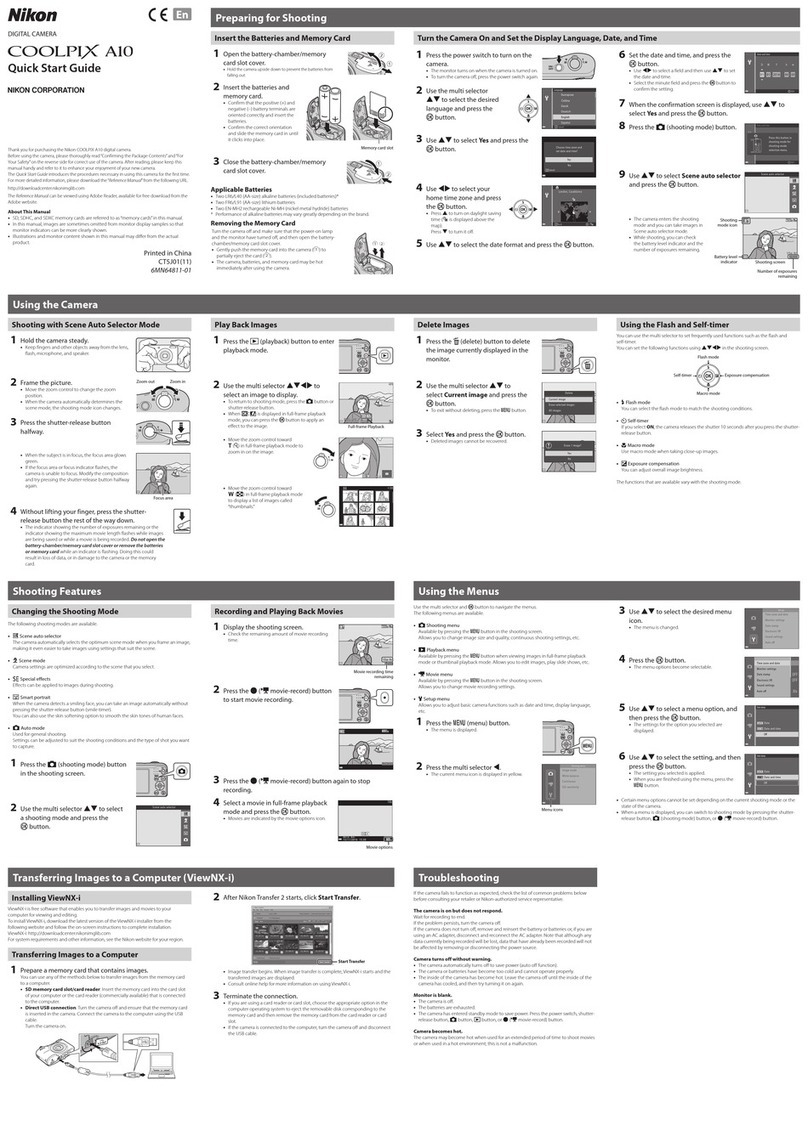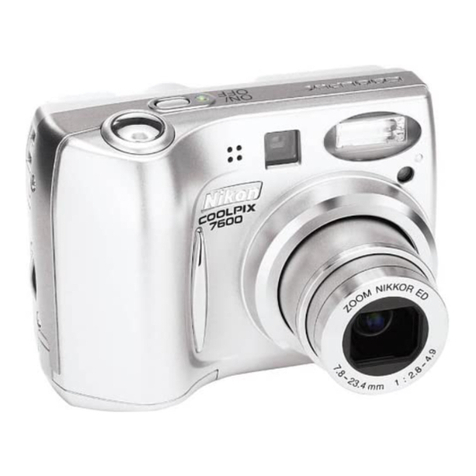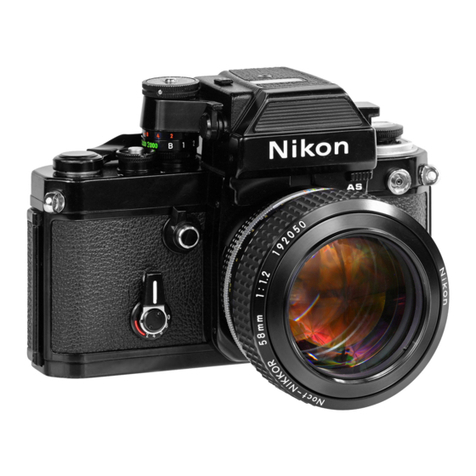Nikon Photomic FTN Finder User manual
Other Nikon Digital Camera manuals
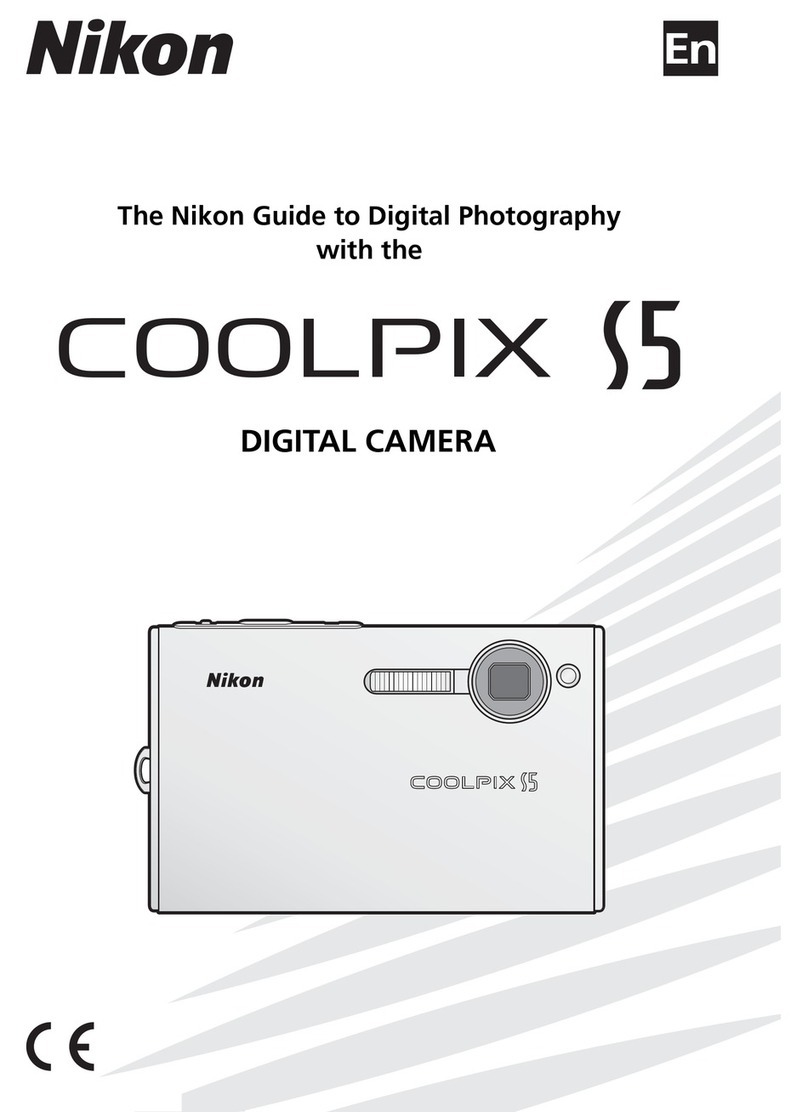
Nikon
Nikon COOLPIX S5 User manual

Nikon
Nikon N50 User manual
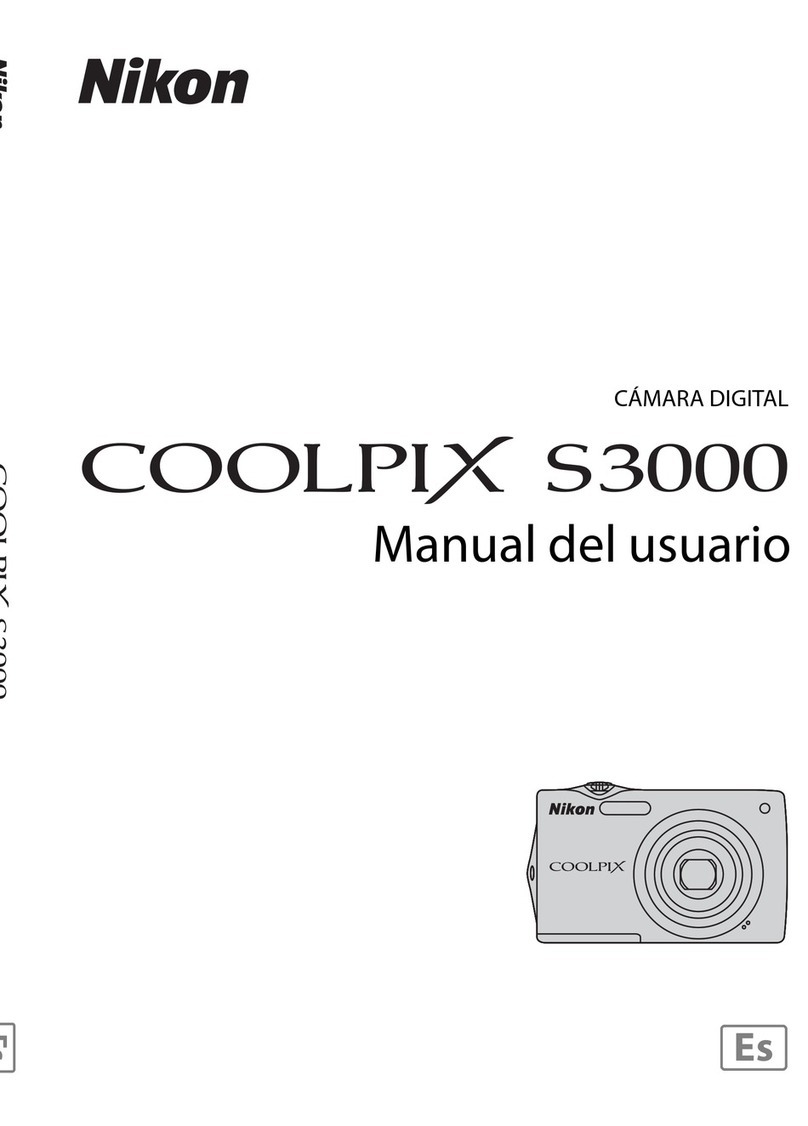
Nikon
Nikon Coolpix S3000 User manual
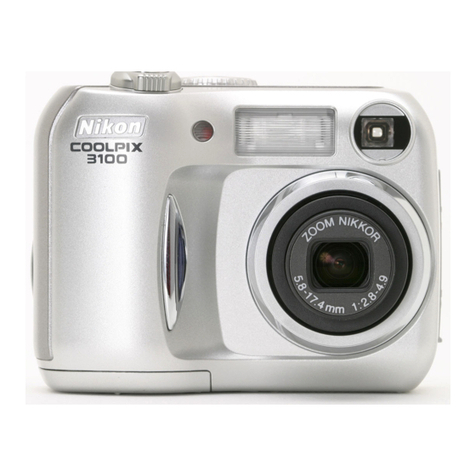
Nikon
Nikon CoolPix 3100 User manual
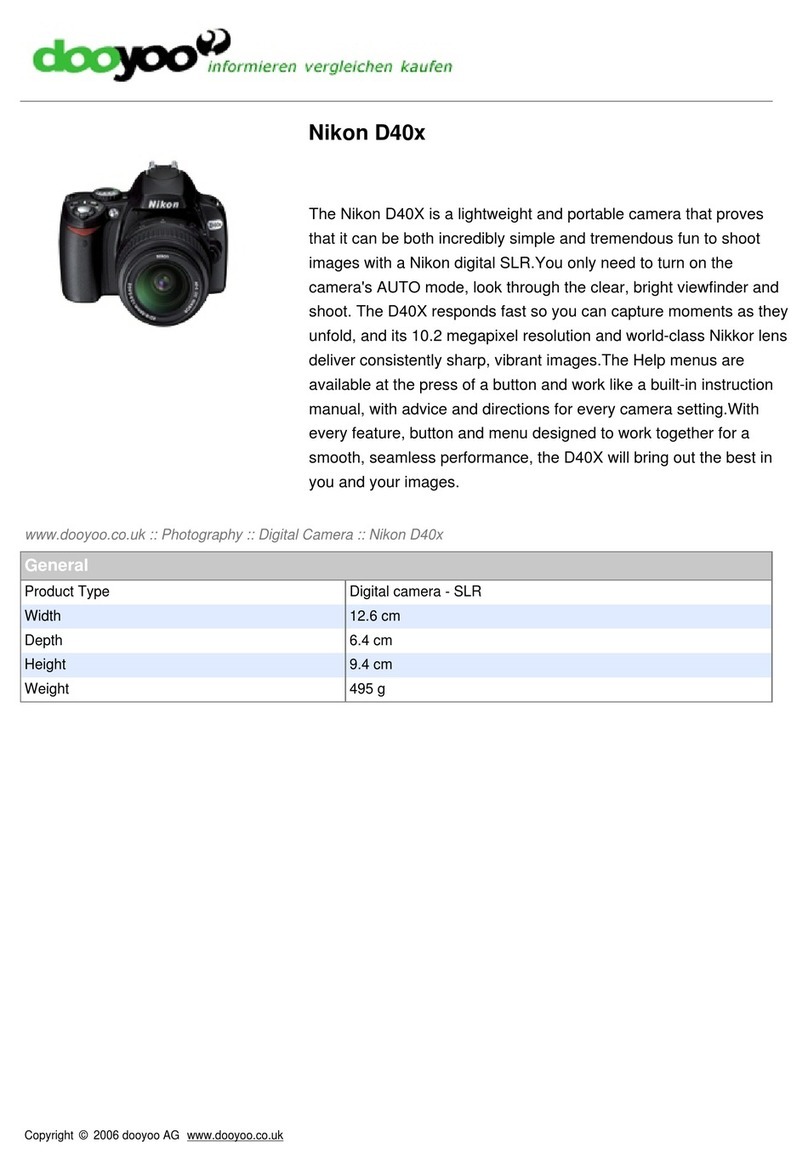
Nikon
Nikon D40X User manual
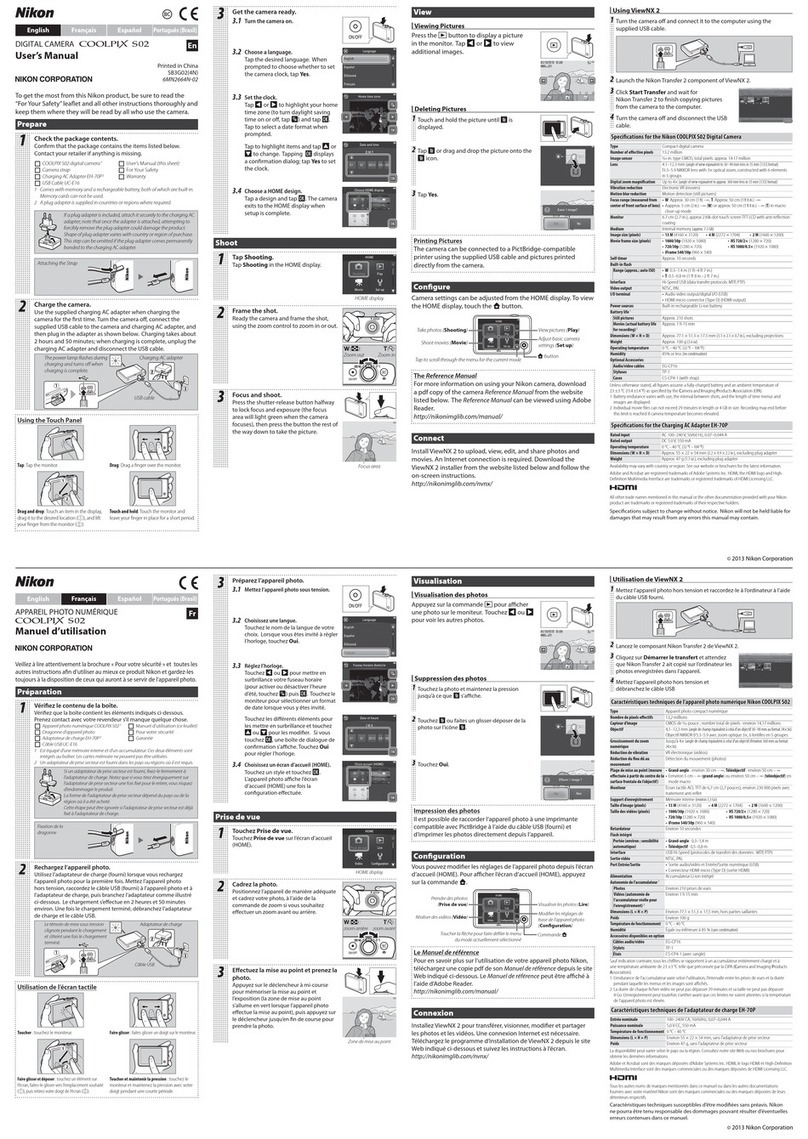
Nikon
Nikon COOLPIX S02 User manual

Nikon
Nikon D300 User manual
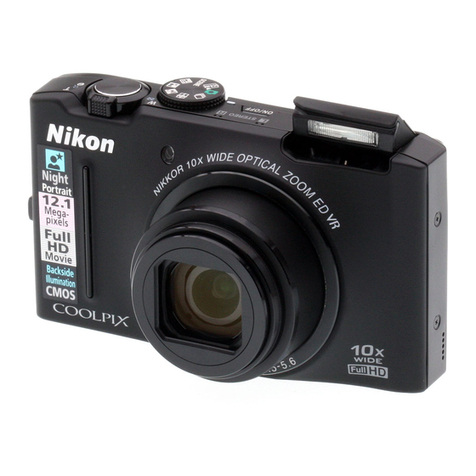
Nikon
Nikon CoolPix S8100 User manual

Nikon
Nikon Z fc User manual
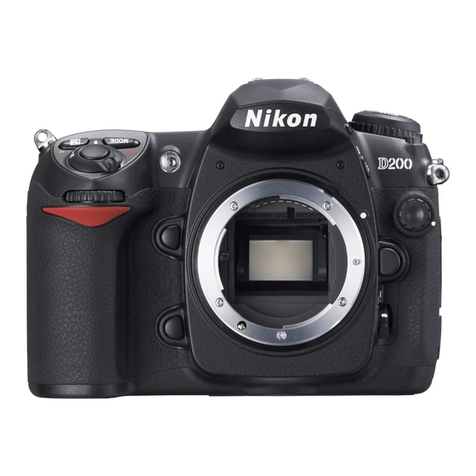
Nikon
Nikon D200 User manual
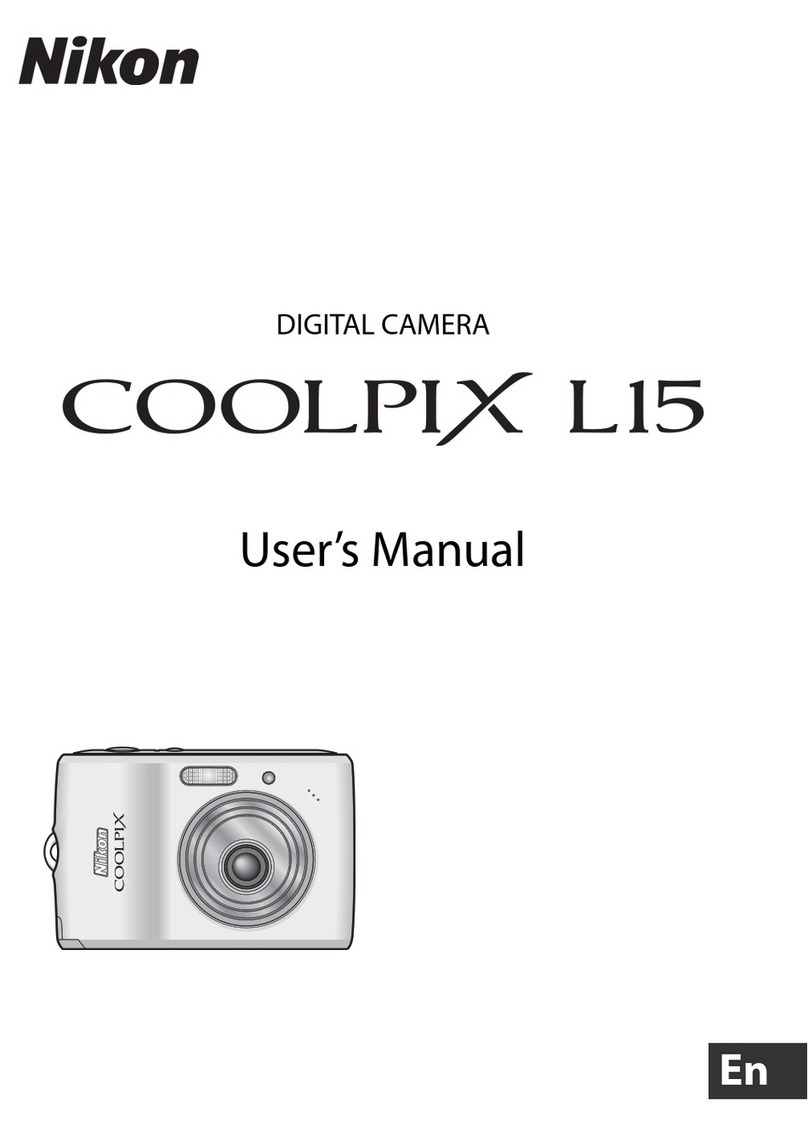
Nikon
Nikon Coolpix L15 User manual
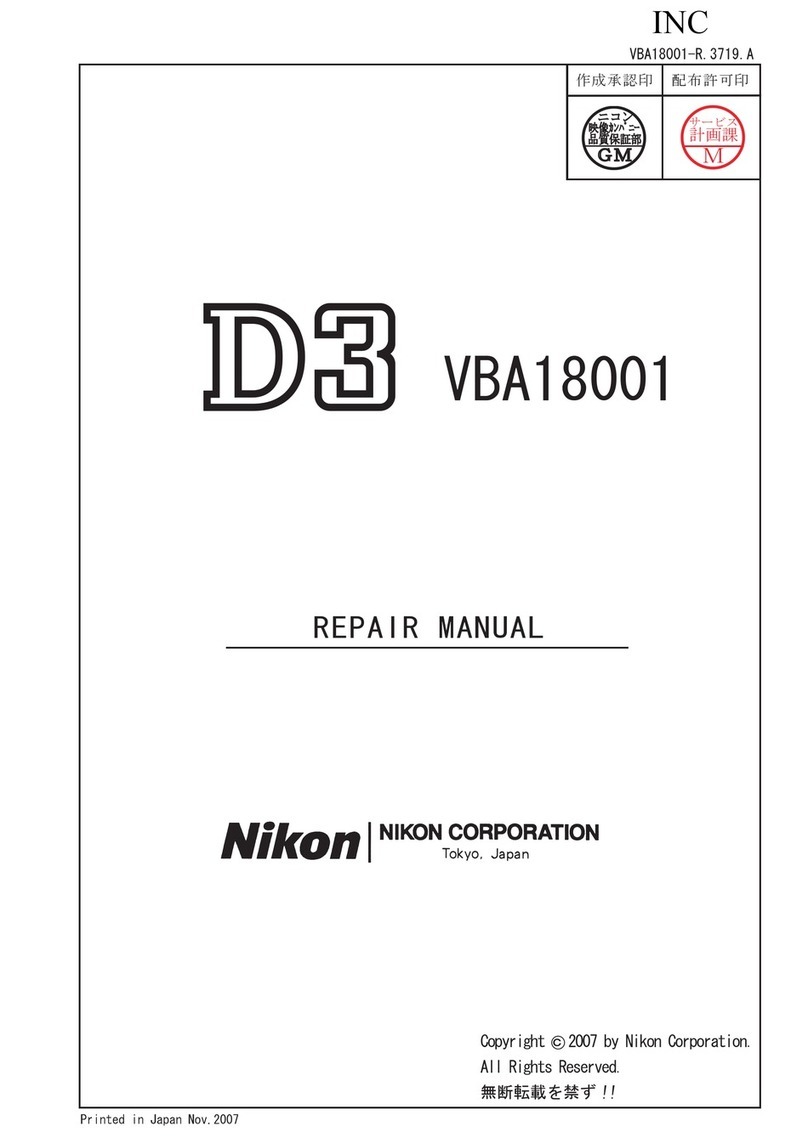
Nikon
Nikon D3 VBA18001 Operating instructions

Nikon
Nikon TIRF User manual
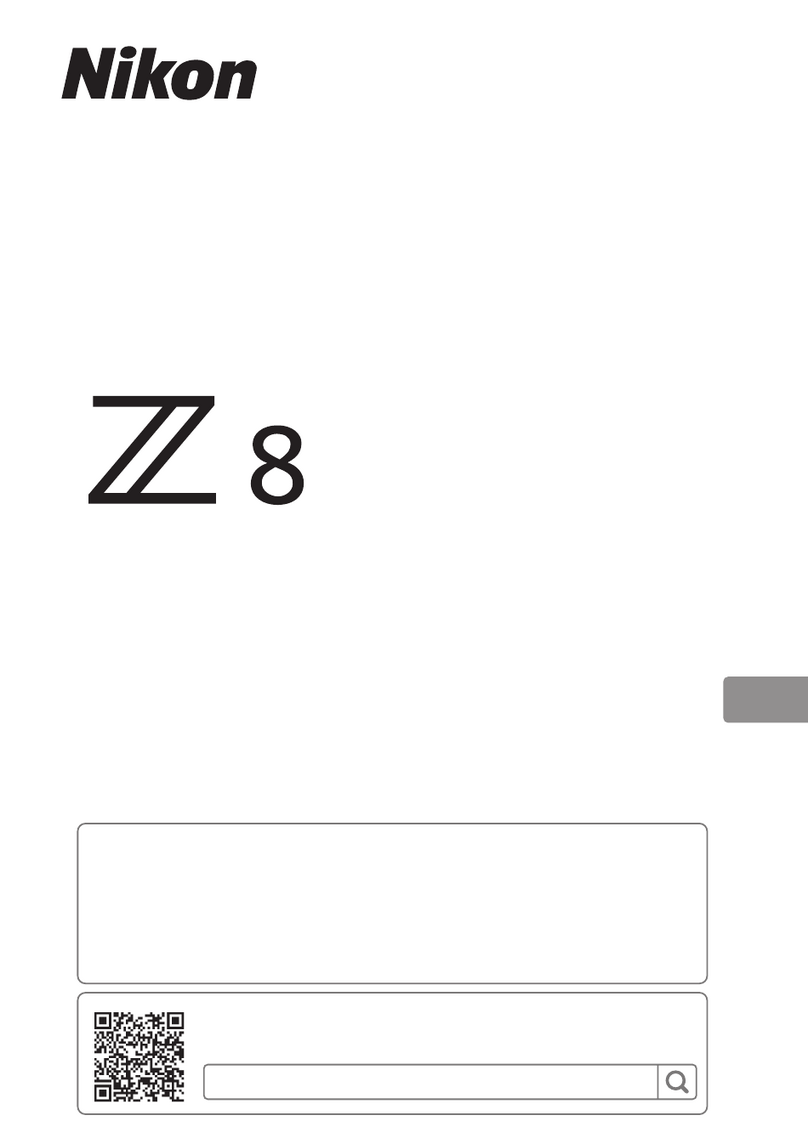
Nikon
Nikon Z 8 User manual
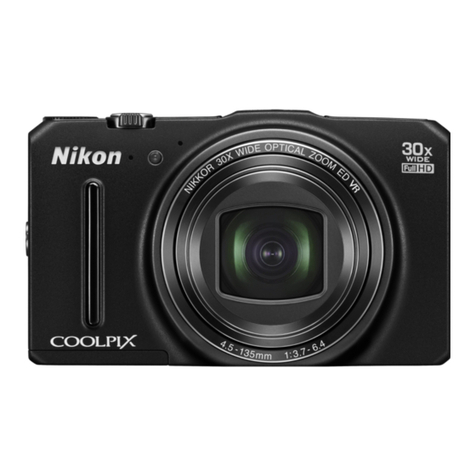
Nikon
Nikon CoolPix S9700 User manual

Nikon
Nikon CoolPix 2200 User manual
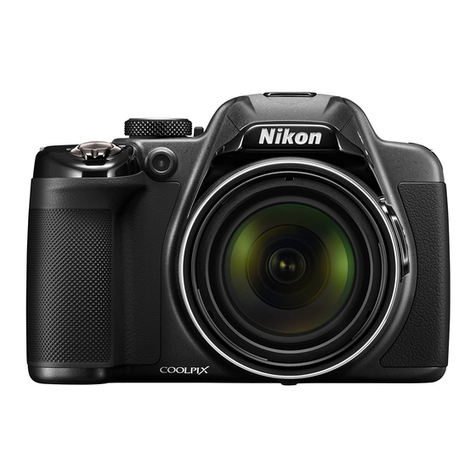
Nikon
Nikon Coolpix P530 User manual
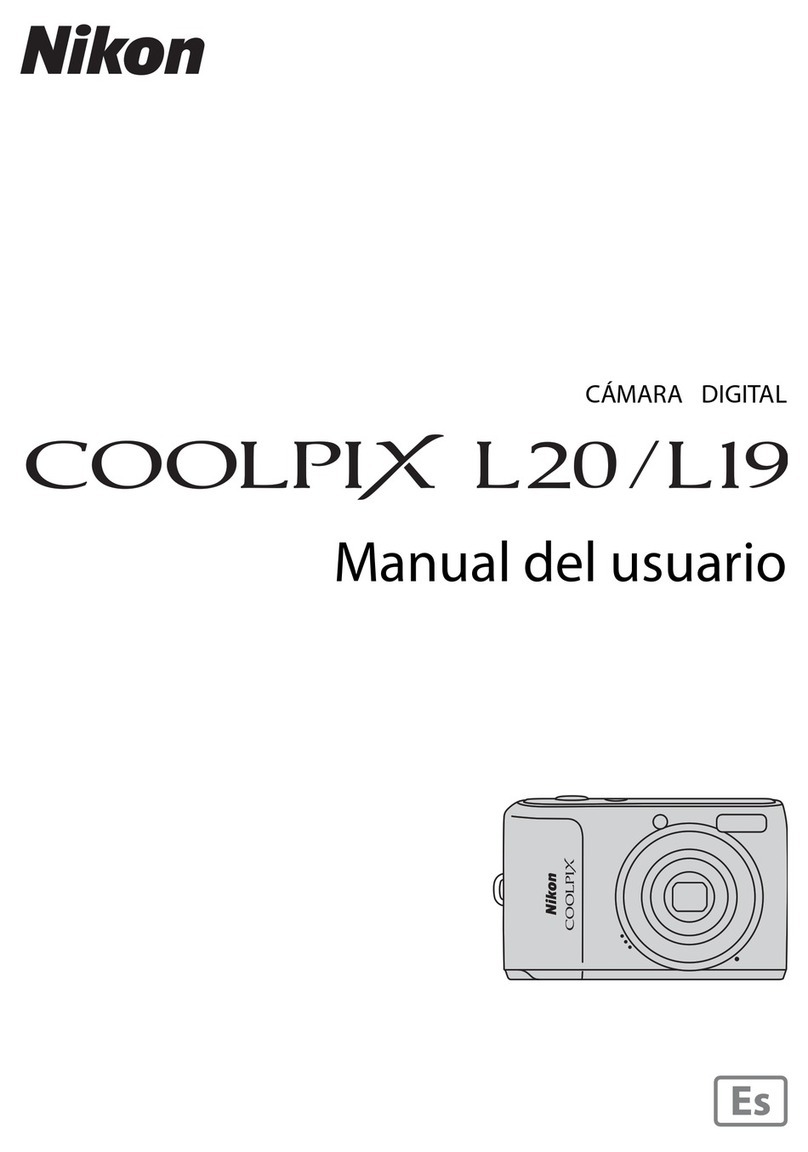
Nikon
Nikon 26164 - Coolpix L20 Digital Camera User guide
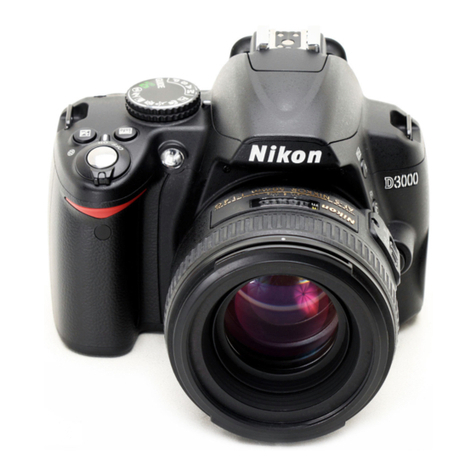
Nikon
Nikon D3000 User manual
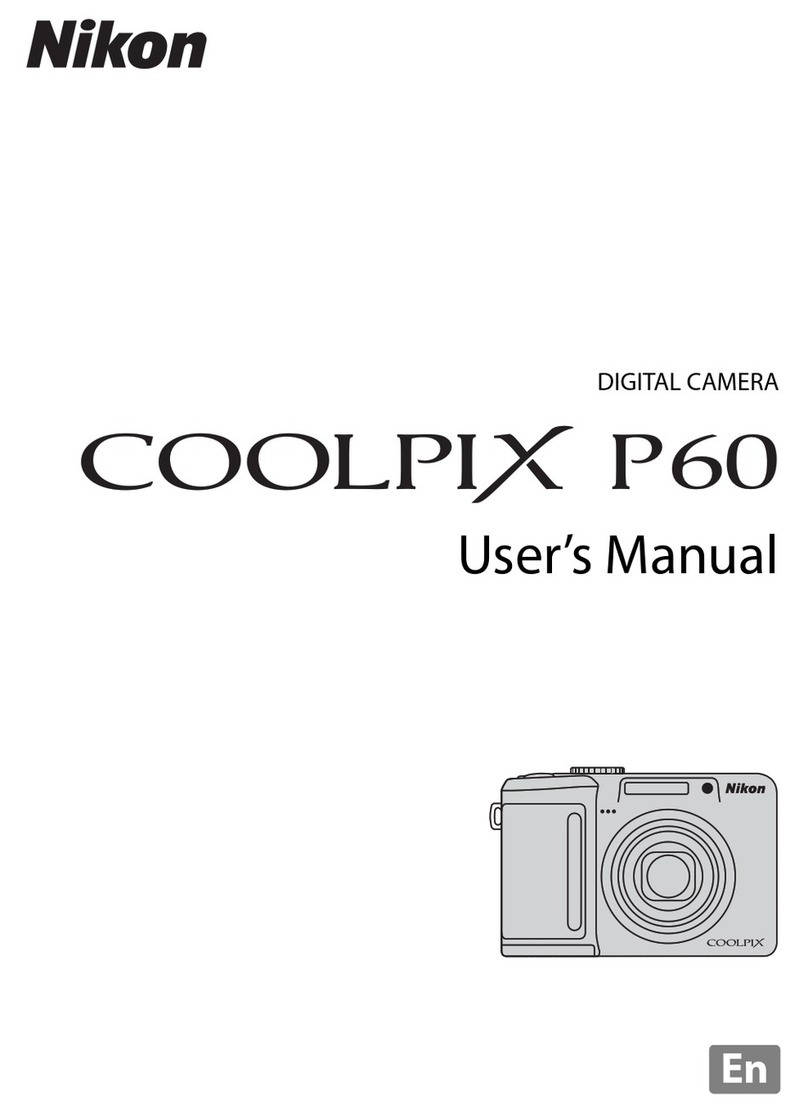
Nikon
Nikon CoolPix P60 User manual
